All the Libyan citizens will need a visa for Vietnam for both tourism or business purposes. Nowadays, the travelers can easily apply for Vietnam visa at the Vietnam Embassy or apply online to pickup visa at arrival airport. Each of them has its own advantage however, visa on arrival is one of the easiest and cheapest way for Libyan passports getting a Vietnam visa.
1. General information
– Vietnam visa is required for all Libya passports;
– The travelers can apply for 1 month or 3 months tourist visa. If they enter Vietnam for working with the Vietnamese Enterprises, they will need a business visa;
– The business visa can be 1 month, 3 months, 6 months or 1-year validity and it can be extended when it’s expired;
– The processing time for Vietnam visa on arrival is normally 2 working days or 5 working days for the visa applied at the Vietnam Embassy. In urgent cases, visa on arrival can be done within 1 – 2 hours, in working days or at weekend;
– The passport must have at least 2 blank pages for visa sticky and stamp, and must be at least 6 months validity from the date of arrival;
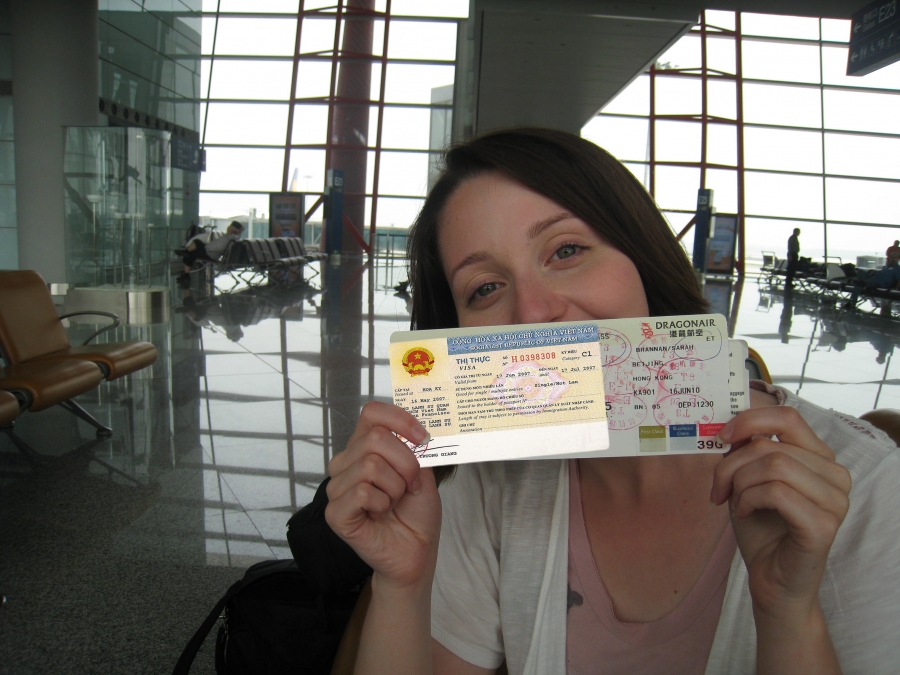
2. How do Libyan passport holders apply for Vietnam visa?
2.1. Apply online for a Vietnam visa on arrival
Libyan citizens can apply for Vietnam visa on arrival from anywhere outside of Vietnam. Vietnam visa will be picked up upon arrival at the Vietnam airports by showing up the printed approval letter.
The approval letter will be sent via email within 1 or 2 working days (normal processing mode), 4 working hours (urgent processing mode) or even 1 hour (emergency processing mode) depending on which option the applicant chooses when submitting online application form.
The aim of visa on arrival is to make the trip to Vietnam easier and cheaper. It is applicable only to those traveling by air to Vietnam. Vietnam visa on arrival is especially an advantage to those living far from the Vietnam Embassy or Consulate in Libya.
By using Vietnam visa on arrival, the Libyan applicants do not need to wait too long to get the approval letter, an official document issued by Vietnam Immigration Department giving permission to get the visa upon arrival.
In order to get a Vietnam visa on arrival, the applicants should pay two types of fee: the service fee and the stamping fee.
Service fee: The service fee is for visa approval letter processing.
Stamping fee: The stamping fee is paid in cash to the Vietnam Immigration Officer at the arrival airport to get the visa stamp.
Useful notes:
– Visa on arrival is only applicable for the foreigners traveling Vietnam by air.
2.2. Apply for e-visa for Vietnam
From 1 February 2017, the citizens of following countries are eligible to apply for e-visas for Vietnam. As Libya is not in the list, Vietnam e-visa is NOT available for Libyan passport holders at present.
2.3. Apply for Vietnam visa directly at the Vietnamese Embassy or Consulates
For those who want to get a Vietnam visa beforehand or want to travel to Vietnam by land or sea, they can go to the Vietnamese Embassy or Consulate nearest their location.
The address of Vietnamese Embassy or Consulate in Libya for your information:
Embassy of Vietnam in Tripoli, Libya
Address: Full-screen P.O. Box587 Gargaresh Rd., Km 7, Abou Nawas, Tripoli, Libya
Phone: 00 218 21 4901354
Fax: 00 218 21 4901499
Email: [email protected]
3. Photo requirements for Vietnam visa notice
The Libyan passport holders, who is applying for tourist visa, don’t have to submit the scanned photo for visa processing. However, business visa application may require a passport photo.
When you arrive in Vietnam, 2 passport size photos (4×6 cm) are required at Vietnam airport only. You need to bring your passport along with the approval letter and 2 photos to get visa stamped on your passport. You can also take pictures at Vietnam airport at about 2 USD per photo if you do not have time to prepare those photos before departure.
Following regulation of passport style photo but it is not too strict:
– Photographs must be passport sized, identical, taken within the past 6 months;
– The image size from the bottom of the chin to the top of the head should be between 1 inch and 13/8 inches;
– The photographs may be in color or black and white;
– It must be full face, front view with a plain white or off-white background;
– Photos should be taken in normal street attire, without a hat or headgear that obscures the hair or hairline;
– Uniforms should not be worn in photographs with the exception of religious attire which is worn daily;
– If prescription glasses, a hearing device, wig or similar articles are normally and consistently worn, they should be worn when the picture is taken;
– Dark glasses or non-prescription glasses with tinted lenses are not acceptable unless required for medical reasons. A medical certificate may be required to support the wearing of such glasses in the photographs.



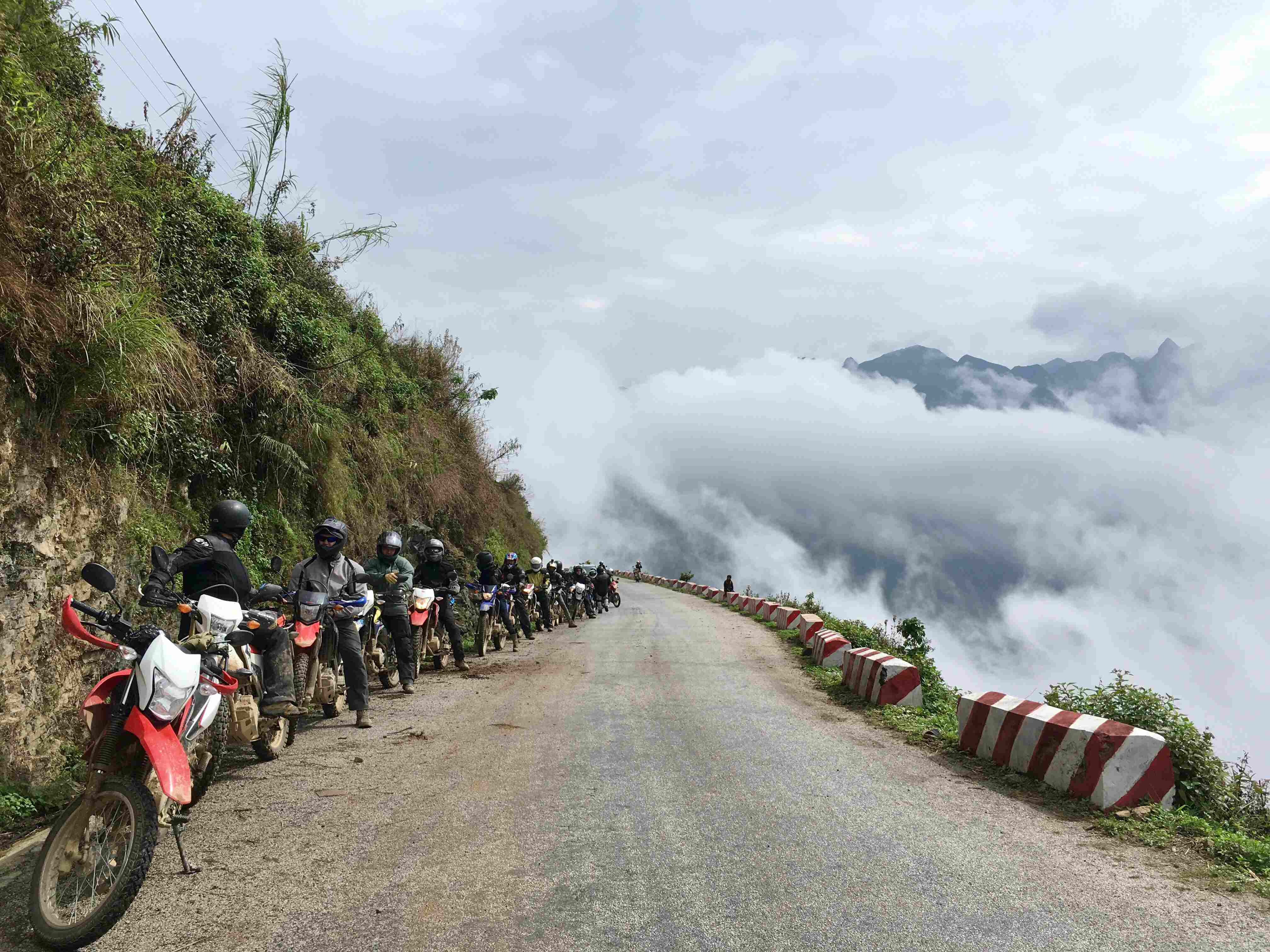
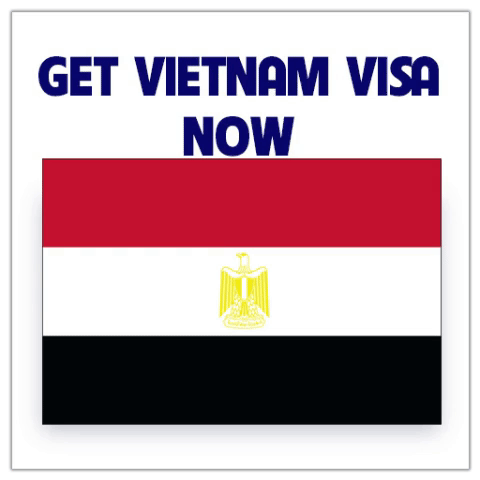
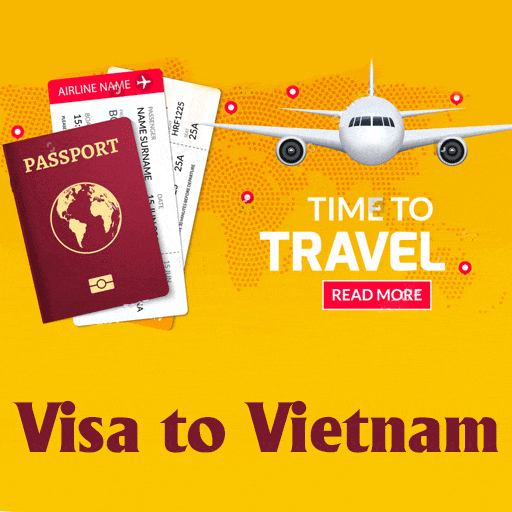
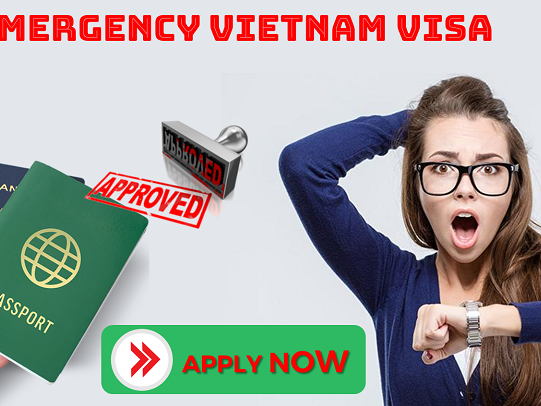



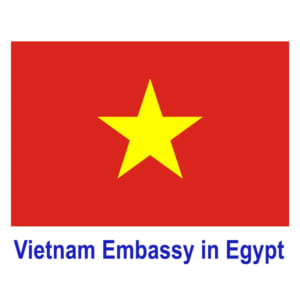

Leave a Reply